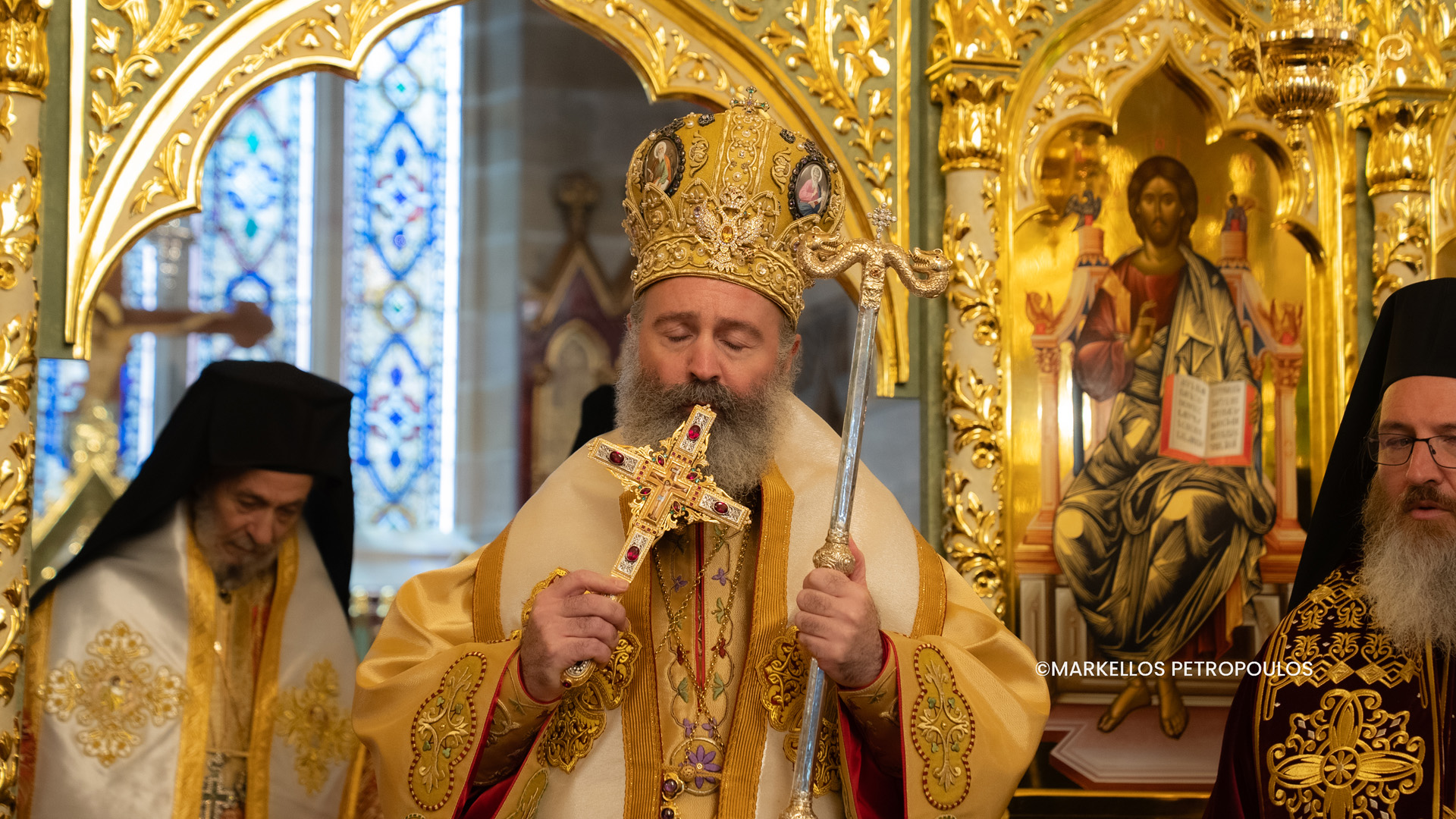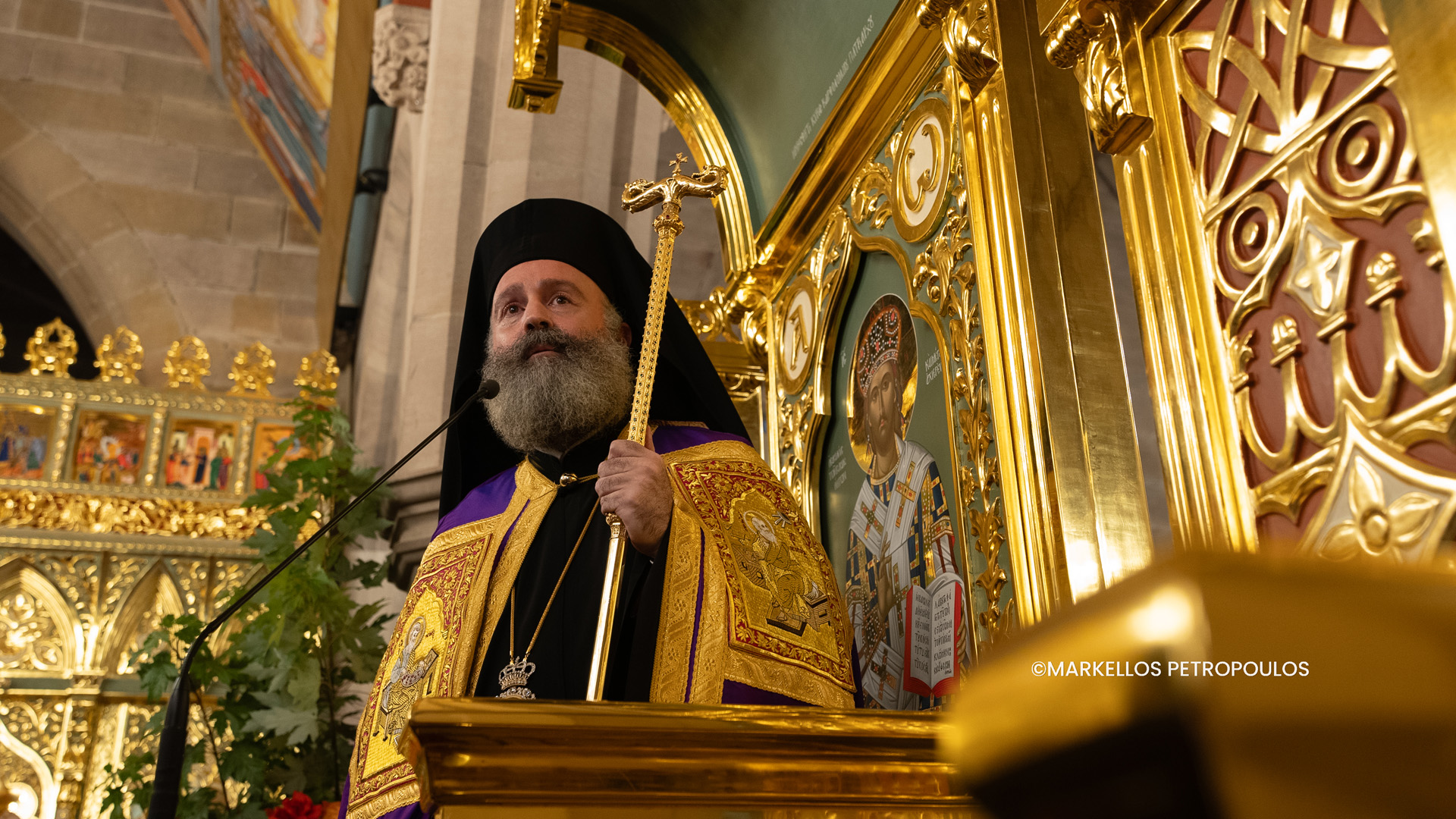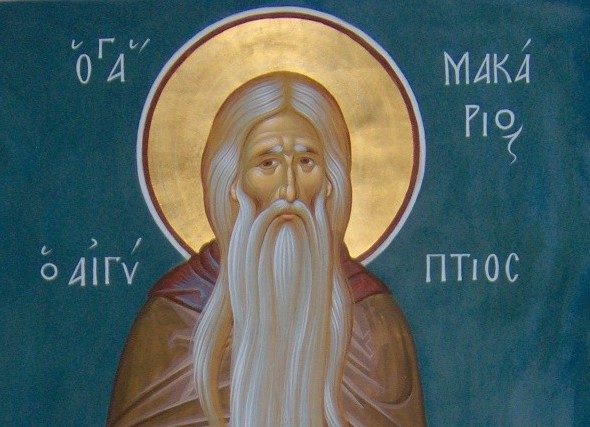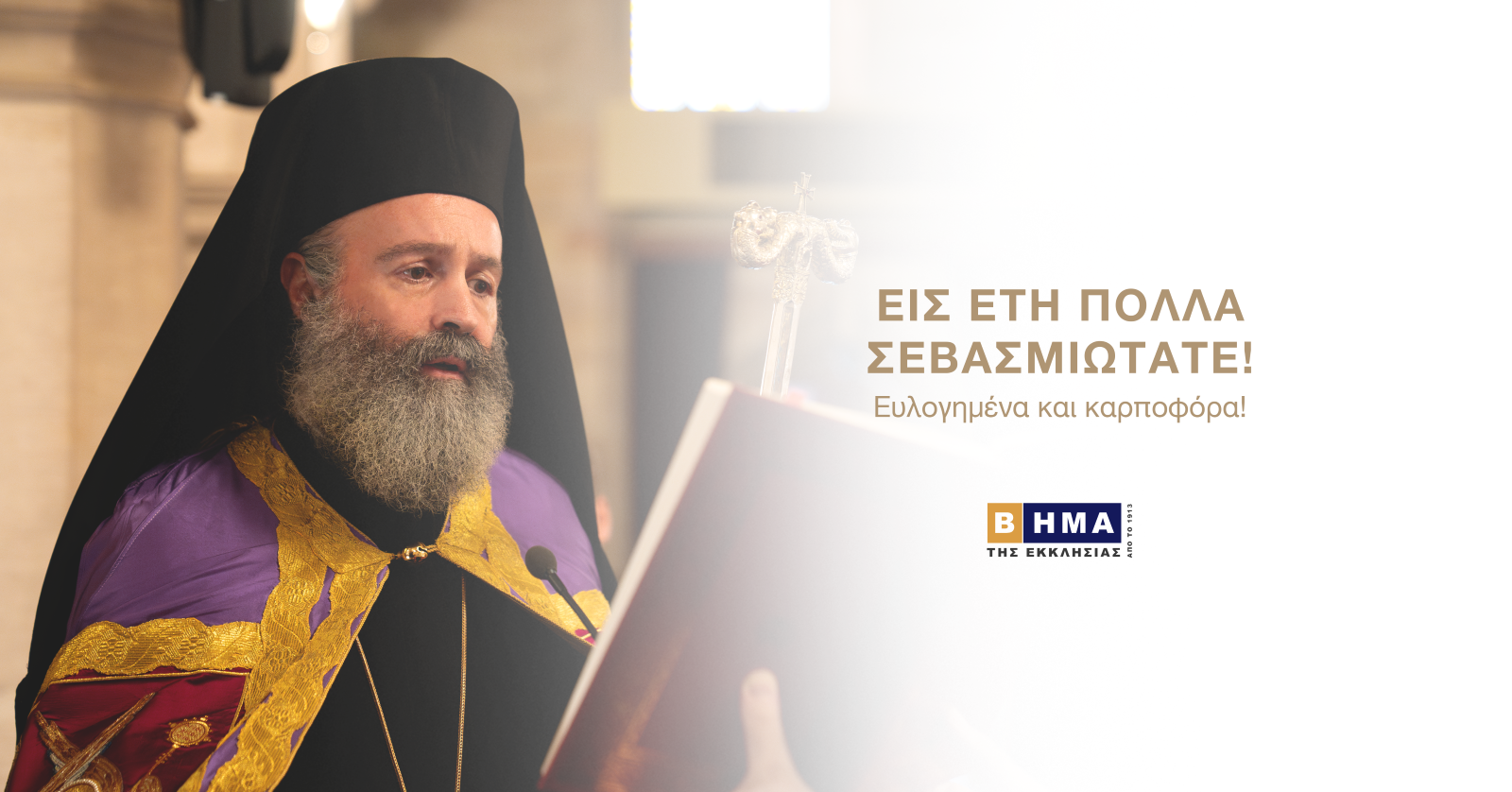Finding of the relics of Venerable Maximus the Greek (July 4, 1996)
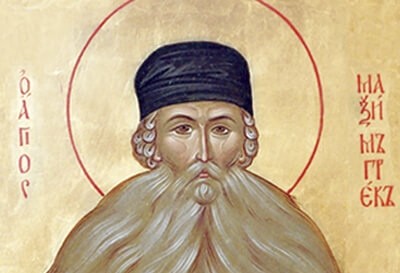

In 1988, during the Millennial Celebration of the Baptism of Russia, the Jubilee Council of the Russian Orthodox Church met at Holy Trinity-Saint Sergius Lavra, and glorified several saints. Among these was Venerable Maximus the Greek (January 21), whom the Council described as “a holy man, a wonderworker, a venerable ascetic, and a master of the monastic life.” Yet, because of the baseless slander of his enemies, he was thrown into prison for many years. Even so, he remained firm in his confession of the Orthodox Faith, and in his humility.
He was a learned man, and the author of many edifying works, defending Orthodox dogmas, and the traditions of the Holy Fathers. His glorification by the Council marked the end of centuries of unsuccessful attempts to exonerate him, and to prove that the accusations made against him during his lifetime were false. During the Saint’s final years, he lived at Holy Trinity-Saint Sergius Lavra, where he was treated with respect and honor.
After his repose in 1556, several miracles occurred at his tomb, for those who sought his intercession. A Troparion and Kontakion were composed, as well as a Church Service. Later, iconographic representations of Saint Maximus began to appear. By the end of the sixteenth century, Saint Maximus the Greek was being venerated as a local saint.
There remained just one important question for the Jubilee Council of 1988: the whereabouts of the holy relics of Saint Maximus. The Acts of the Council state: “His honorable relics are buried by the northwestern wall of the Church of the Holy Spirit at Trinity-Saint Sergius Lavra.” But from the moment the Council decided upon his canonization, until the start of the excavation of his grave site eight years later, there were no indications of any tomb on the surface of the ground. Perhaps by the end of the sixteenth century the first chapel had been built over the grave, which was frequently rebuilt and enlarged. It survived, in its altered form, until the 1930s.
Because there was no discernible burial site for Saint Maximus the Greek, or for several other newly-glorified saints, the Jubilee Council of 1988 restricted itself to the adoption of the following formula: “Their honorable remains, wherever they may be, are to be considered holy relics.”
Since only the approximate location of Saint Maximus’ grave was known, it was necessary to conduct archaeological excavations. Patriarch Alexei II, the Primate of the Russian Orthodox Church, gave his blessing for this.
Before the excavations began, on June 24,1996, a Moleben (Service of Prayer) to Saint Maximus was served in the Church of the Holy Spirit at the Lavra. The Service was performed by Archimandrite Kirill (Pavlov), the Spiritual Father of the Lavra, and the monks of the Lavra. Students of the Moscow Ecclesiastical schools, and the archaeologists also participated. Then the excavations began. Since part of the area had been paved with a sidewalk, the pavement had to be removed first. Then the site was prepared. To avoid any mistakes, a large area was excavated; about ten meters on the east-west axis, and six meters on the north-south axis.
During the excavation, the foundations of several structures were uncovered, most of them from the nineteenth century: a chapel and a representation church, built in 1867, along with a church dedicated to St. Philaretos the Merciful (December 1) on the south side of the church of the Holy Spirit.
A discovery was made by the northwest corner of the church of the Holy Spirit. Here the foundations of the first, or one of the first chapels erected over Maximus’ grave, was uncovered. The site of these foundations, in relation to the church of the Holy Spirit, its dimensions and the corresponding area they enclosed, corresponded exactly to the chapel over the grave as indicated in the plan of 1745. As soon as these foundations were unearthed, work was concentrated in that area.
Around noon on June 30, a sweet fragrance was noticed, coming from the southern part of the excavation, and it lasted for several days. After some time, the head of Saint Maximus became visible. Work continued that night until almost 2:00 A.M. It was determined that the burial was on a wooden slab, which was completely preserved (about 15 cm. high), and that the holy remains were on the spot where, according to the plan of 1745, the grave was located. Except for the holy remains within the foundations of the chapel, there were no other bodies. After this, it became clear that the sacred remains which had been discovered belonged to Saint Maximus the Greek.
On July 1, a detailed report about the results of the work that had been conducted, and concerning the discovery of the holy relics of Saint Maximus the Greek, was made to the Patriarch. It was noted that the historical and archaeological evidence, as well as the distinct fragrance, bore witness to the fact that the remains were those of Saint Maximus.
The Partiarch gave his blessing for an anthropological examination of the preserved remains. That was done on July 2, by the chief anthropologists of the Russian Academy of Science. A written affidavit states that (1) the remains were those of one person; (2) this person was male; (3) he died around the age of 80. A comparison of the head with old depictions of Saint Maximus made by the anthropologists showed similarities. The expert opinion of the anthropologists confirmed the previous conclusion that the remains were those of Saint Maximus the Greek.
On that same day, the findings of the anthropologists were presented to Patriarch Alexei. He gave his blessing to remove the honorable relics on the following day, July 3, 1996. After this, the work continued literally uninterrupted until the Patriarch arrived. There was only a short break from five to eight A.M.
It was decided that not the slightest part of the sacred relics would remain in the earth, and that they would be removed as a single piece; that is, along with the slab and a layer of soil. For this it was necessary to dig out the soil under the slab, but the gray clay broke up very poorly, and for a long time this prevented the relics from being removed as a single item. Finally, by two in the afternoon, the relics of Saint Maximus were transferred to a temporary casket, prepared for removal, and they were covered with a monastic Schema. The casket remained on the site where the grave was found.
Then the sound of the bells announced the arrival of the Archimandrite of Holy Trinity-Saint Sergius Lavra, and of Patriarch Alexei II of Moscow and All Russia. As usual, the Patriarch began his visit at the Lavra by venerating the holy relics of Saint Sergius in Holy Trinity church. After leaving Holy Trinity church, he went to the church of the Holy Spirit to be vested. There the Archimandrite spoke with the superior and other residents of the Lavra, and learned about the progress of the excavations.
At 4:00 P. M. the Patriarch, with Bishop Alexis of Orekhovo-Zueva, Father Theognostos, the Superior of the Lavra, and other priests, among whom was Hieromonk Theoktistos, the Dean of the representation church of the Russian Monastery of Saint Panteleimon on Mount Athos, proceeded to the cathedral square. A Moleben to Saint Maximus the Greek was begun. After the reading of the Holy Gospel, the Patriarch and the priests approached the excavation, and the Service continued over the sacred relics of Saint Maximus.
At the end of the Moleben, which was read by the Patriarch, the Lavra choir under the direction of Archimandrite Matthew Mormyl, and the numerous pilgrims who attended the ceremony, began to sing the Magnification: “We magnify you, our Father Saint Maximus.” During the Magnification, all the diggers lifted the casket containing the relics and placed it at the edge of the excavation, where the brethren of the Lavra and the residents of the Moscow representation church of Saint Panteleimon of Mount Athos took it. As the singing continued, the casket was borne into the church of the Holy Spirit, where it was placed in a spot prepared in the center of the church.
The year 1996 marked the 440th anniversary of the death of Saint Maximus the Greek. Saint Maximus came to the Lavra of Saint Sergius as a humble monk. His glorification, and the discovery of his relics were a fitting recompense for the many sufferings he endured during his earthly life.
The discovery of the holy relics of Saint Maximus the Greek was a joyous event for both the Russian Orthodox Church and for all of Orthodoxy. Saint Maximus is honored by both the Patriarchate of Constantinople and the Orthodox Church of Greece.
Until recently, the relics of Venerable Maximus the Greek were kept in the Dormition Cathedral of the Lavra. On April 9, 2013, with the blessing of Patriarch Kyrill, their return to the church of the Holy Spirit occurred. A special shrine had been prepared for them, and so the Saint’s relics were placed in the northern corner of the church.
Saint Maximus the Greek is also commemorated on January 21.
Source: oca.org


